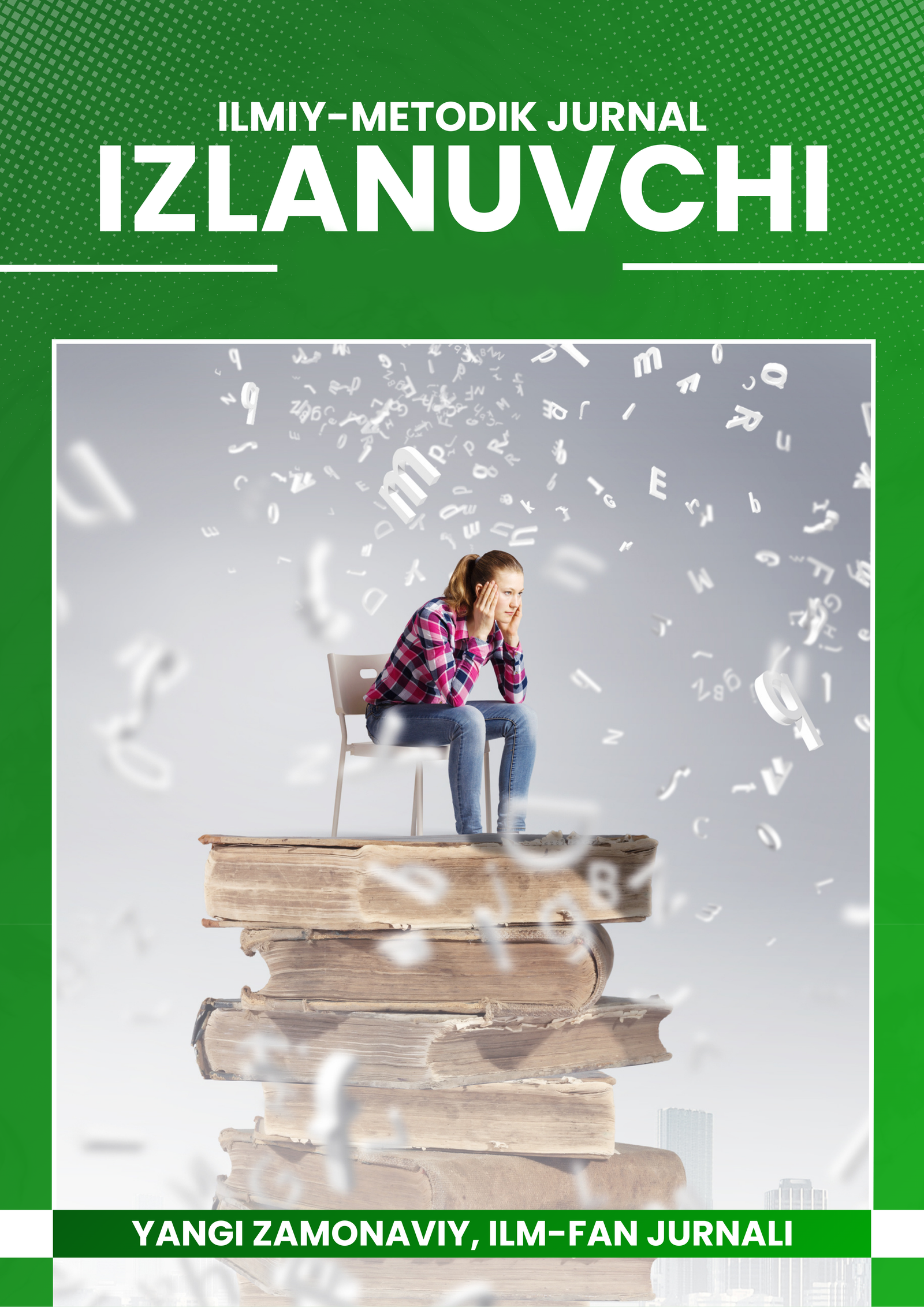Abstract
This article examines the significance of Task-Based Learning (TBL) in enhancing the practicality and real-life relevance of English instruction for middle school students. Unlike traditional, teacher-centered methods that emphasize grammar memorization and translation, task-based approaches focus on using language as a tool for communication and problem-solving. Through engaging, meaningful tasks such as projects, discussions, and simulations, students are encouraged to apply English in authentic contexts, thereby improving fluency, confidence, and motivation. The study highlights the theoretical foundations of TBL, its pedagogical advantages, and its role in developing students’ communicative competence and critical thinking skills.
References
1. Ellis, R. (2003). Task-Based Language Learning and Teaching. Oxford University Press.
2. Willis, J. (1996). A Framework for Task-Based Learning. Longman.
3. Nunan, D. (2004). Task-Based Language Teaching. Cambridge University Press.
4. Skehan, P. (1998). A Cognitive Approach to Language Learning. Oxford University Press.
5. Richards, J. C., & Rodgers, T. S. (2014). Approaches and Methods in Language Teaching. Cambridge University Press.
6. Larsen-Freeman, D., & Anderson, M. (2011). Techniques and Principles in Language Teaching. Oxford University Press.
7. Prabhu, N. S. (1987). Second Language Pedagogy. Oxford University Press.
8. Carless, D. (2007). “The Suitability of Task-Based Approaches for Secondary Schools: Perspectives from Hong Kong.” System, 35(4), 595–608.
9. Willis, D., & Willis, J. (2007). Doing Task-Based Teaching. Oxford University Press.
10. Littlewood, W. (2004). “The Task-Based Approach: Some Questions and Suggestions.” ELT Journal, 58(4), 319–326.
